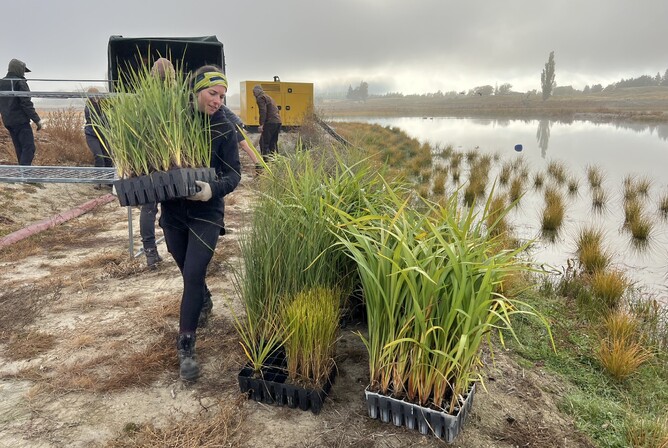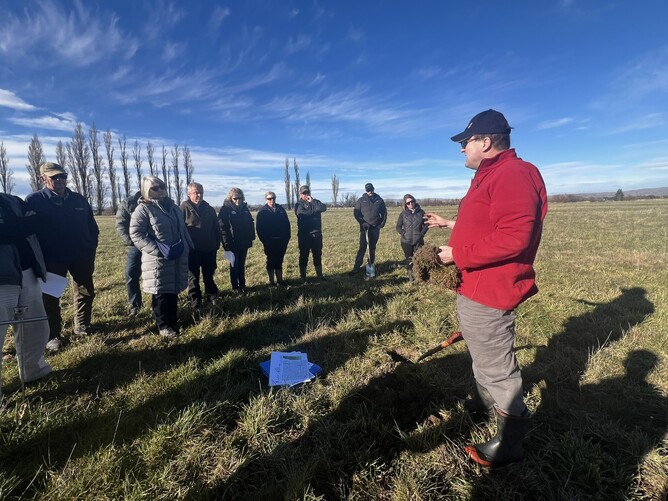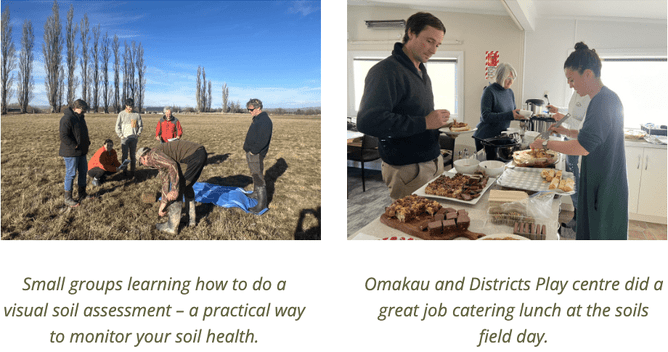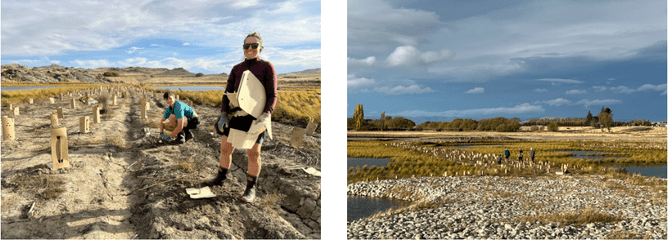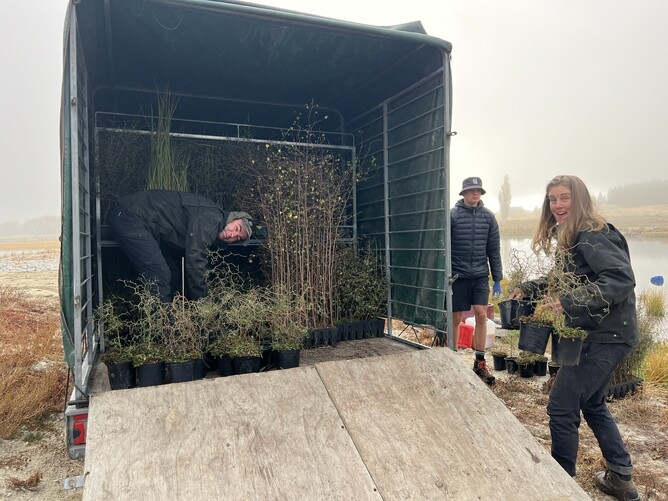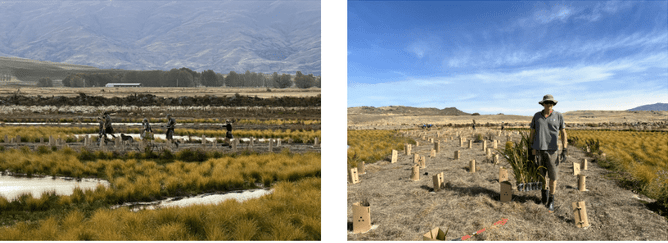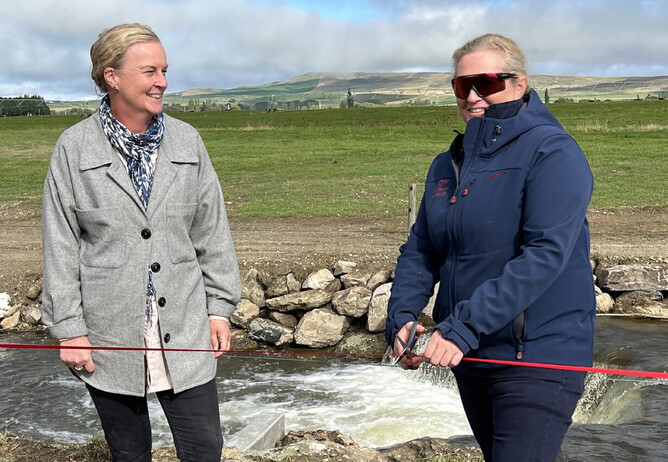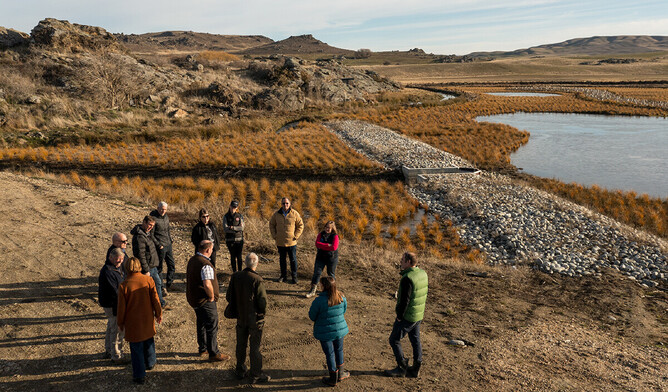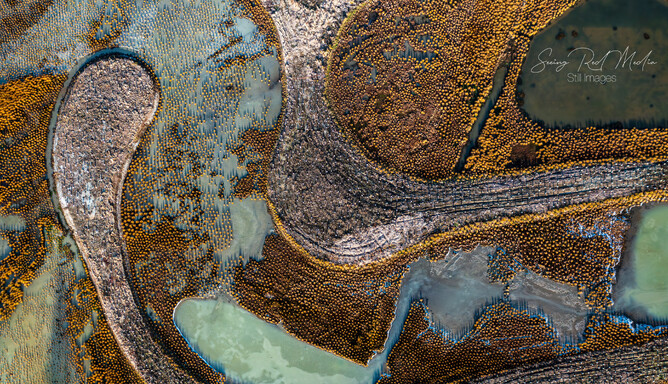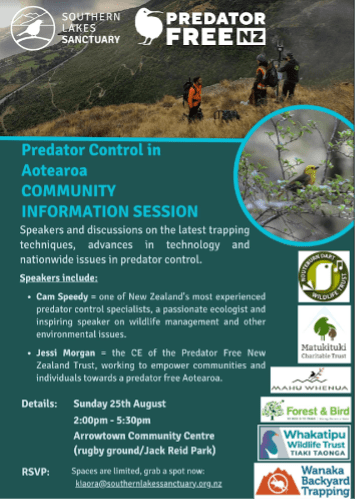As always with the Thomsons Catchment Project, and especially the wetland, there is a huge amount happening over a relatively short time. Since our Autumn newsletter in March, we’ve been focusing on engaging with the community, planting efforts, and protecting and enhancing the wetland area.
As there is currently no public access to the wetland, We’ve also continued to look into funding opportunities for a boardwalk to access the wetland from the rail trail. We know this would be an amazing community asset and favourite walking spot, so hope to have some good news for you.
From late March to mid-July, the Otago Regional Council conducted three successful upstream runs at the Thomsons Fish Barrier, removing 232 trout and observing a thriving population of native fish species. This effort marks a significant step in preserving our local aquatic ecosystems. Our dedicated bird monitoring group has been actively surveying the wetland, braving all weather conditions to gather vital data. As we approach spring, the anticipation of the nesting season adds an exciting dimension to their efforts.
In April, the Matukituki Natives team planted over 2,200 native plants across the wetland with plants from Matukituki Natives, Pukerau Nursery, and Central Otago Polytechnic.
And in late June, the Thomsons Catchment Project hosted a successful Soil Management Field Day in the Manuherekia Valley. Local farmers gathered for a mix of engaging indoor sessions and hands-on field visits. Professor Jim Moir from Lincoln University led the day with a deep dive into the unique characteristics of Manuherekia soils. His practical tips on sustainable soil management resonated well with the attendees, providing valuable insights tailored to local conditions.
We also have several upcoming events, which we’d love your support with. If you’re keen to support our bird monitoring or pest management efforts. Don’t hesitate to get in touch.
What’s been happening
Soil Management Field Day
The Thomsons Catchment Project hosted a successful field day on 26 June, attracting local Manuherekia Valley farmers with a blend of engaging indoor sessions and hands-on field visits.
The day kicked off with an insightful session led by soil scientist Professor Jim Moir from Lincoln University, who shared his expertise on the unique characteristics of Manuherekia soils, and explained how they differ from those in Canterbury, Southland, and coastal Otago. His practical tips on sustainable soil management were tailored to local conditions, resonating well with the farmers in attendance.
After the indoor session, participants visited two farms in the catchment area. These field visits allowed us to see firsthand how local soils perform under different conditions like irrigation and dryland farming. The hands-on demonstrations, including a Visual Soil Assessment (VSA), were especially popular, offering practical techniques for maintaining soil health and productivity.
Farmers left the event with a deeper understanding of how to maximise soil productivity while maintaining long-term soil health. The tips and techniques shared by Professor Moir will hopefully help us all implement best practices to reduce losses to waterways and wind erosion.
The field day also provided a great opportunity for local farmers to network and share experiences, especially after facing recent challenges like drought and low returns.
The Thomsons Catchment Project extends heartfelt thanks to Professor Jim Moir, the Naylor and Manson families, and to all the farmers who participated and made the day a success. The enthusiasm and engagement from attendees highlight the community's commitment to better soil management and a sustainable future for the Manuherekia Valley.
For more information on future events and initiatives, please visit www.mcg.org.nz/thomsons-project
Professor Jim Moir showing us typical Thomsons catchment soils.
Successful Trout Removal Effort at Thomsons Fish Barrier
Between the end of March and mid July, Otago RegionalCouncil undertook three successful upstream runs at the Thomsons Fish Barrier to remove trout. The team removed 232 trout, 10 which were large (>150mm) 222 smaller trout, and two perch.
During the runs, they were pleased to see more than 80 Galaxiids, numerous upland bullies, and 19 eels – all left in the creek to continue thriving.
We look forward to returning next summer for more runs and to monitor our progress. Many thanks to Pete Ravenscroft, Brent Dungey, and their teams for their excellent work.
Bird Monitoring Update
The bird monitoring group has been active and thriving the past few months, meeting regularly to venture into the wetland and count the birds. Despite often braving wet and cold weather, their dedication remains unwavering.
The group's commitment ensures ongoing data collection and invaluable insights into the bird population. As we head towards spring we will be looking forward to the nesting season at the wetland.
Our next bird monitoring session will be Friday 16 August at 9.30am. Meet on Alton Street at the rail trail entrance. Call or text Nicola on 0274939500 if you'd like to join us.
And if you're interested in joining us for future bird monitoring sessions, please contact Nic or keep an eye on the Thomsons Project Facebook page for updates and pictures from these awesome bird monitoring activities.
Here's a picture of one of our resident swans tending their nest during the cold July spell. They built this nest in June right in the middle of the carex in the wet channel and we usually see one of the swans on the nest.
One of our local swan pair tending their nest in the icy conditions in July 2024.
Wetland Island Planting Brings New Life and Biodiversity
In April, the Thomsons crew embarked on a remarkable journey to enhance local biodiversity through wetland island planting. Partnering with Matukituki Natives, Pukerau Nursery, and Central Otago Polytechnic, more than 2,200 native plants were planted across the wetland, marking a significant step forward in their conservation efforts.
Spirits were high as the team worked tirelessly to introduce new native species into the wetland ecosystem. From misty mornings to the relief of much-needed rainfall that helped settle the newly planted flora into their new home, each day brought progress and excitement, with the wetland islands transforming into hubs of biodiversity.
"We're thrilled with the outcome of our island planting initiative," said project manager Nicola McGrouther. "These native plants will attract diverse wildlife, contributing to the health and resilience of our ecosystem."
As the plants take root and grow, we look forward to observing the ecological benefits they will bring, providing habitat for native fauna, and ultimately enriching the entire community.
Thank you to Anna Gillespie for her time as our project executor
A huge thank you to the fabulous Anna Gillespie for her tireless work on the Thomsons Catchment project since the initial concept meetings in December 2020.
She’s been always engaged in the project, passionate about the outcomes, and actively involved in reviewing direction and providing input. Plus, she’s a great source of practical and pragmatic advice.
It’s thanks to Anna that Omakau School are an active part on the project, as she did the initial connection.
Anna cutting the ribbon to open the fish barrier with ORC chair Gretchen Roberston April 2023.
Andrew Hoggard visits the wetland
As part of Hon. Andrew Hoggard’s (Minister for Biosecurity and Associate Minister for the Environment) visit to the Manuherekia Catchment, we hosted him at the Thomsons wetland in early July.
He announced funding for the Manuherekia catchment of $1.9million as part of Jobs for Nature Programme. This is really exciting for our region and Thomsons Project team was proud to be able to showcase what the community has already achieved in less than two years.
The Minister seemed genuinely impressed with the progress and the drive of our community to support the wetland.
Andrew Hoggard visits the Thomsons wetland, July 2024
Seeing our wetland from a different angle
Image by Mark Orton, Seeing Red Media
Go in to win a hamper!
Forward this newsletter to a friend (s) who you think would be interested in Thomsons Catchment project, and get them to email us on thomsonscatchment@gmail.com – we'll add them to our mailing list and put both of you in the draw to win a hamper. The more people you get to sign up to our newsletter, to more chances to win!
What’s next: the wetland
Predator Free NZ talk in Arrowtown
25 August, from 2pm to 5.30pm
Arrowtown Community Centre
Nic is taking a car if you need a ride – get in touch: 027 493 9500
Community planting day at Thomsons wetland
Sunday 29 September, from 10am (weather permitting)
Meet at the wetland, off White road (follow the Thomsons flag).
Register your interest at thomsonscatchment@gmail.com or text Nicola on 0274939500
Join us for some fun, planting natives at the wetland, and/or wading in gumboots looking for and removing any willow seedlings that may have sprung up. We’ll provide the barbecue!
Bird monitoring session
Friday 16 August at 9.30am
Meet on Alton Street at the rail trail entrance.
Call or text Nic on 0274939500 if you'd like to join us.
Join the new Thomsons pest control group
Friday 9 August at 9.30am
Meet at Muddy Creek Café in Omakau
We keen to set up a pest control group for the wetland. Come along if you’d like to help.
